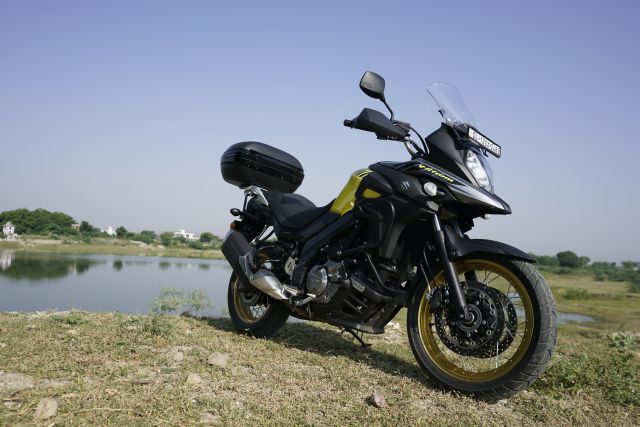
The first ride on Royal Enfield’s two 650 twins, the Interceptor and Continental GT, in the US marked the end of a long wait as well as the beginning of a new and glorious chapter in the marque’s long history [Read more…] about Royal Enfield Interceptor 650 and Continental GT 650 First Ride Review – RE-defined





